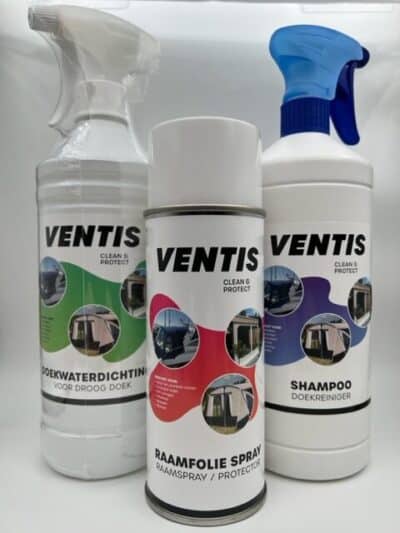Clean and maintain flybridge hood for optimum protection
A flybridge cover offers excellent protection while sailing and makes your sailing experience more comfortable. You can enjoy the surroundings without being bothered by wind and rain. Just like other boat tents, a flybridge cover needs regular maintenance. It is constantly exposed to elements such as salt, moisture, mold and algae, which can cause damage if not removed in time.
Professional cleaning by ZONklaar
At ZONklaar you can go for the professional cleaning of your flybridge hood. With our advanced equipment and special cleaning agents we ensure that even the most delicate fabrics are thoroughly cleaned. We also provide the hood with a protective coating, so that it is as good as new and ready for use.
Flybridge hood with rear tent? No problem!
Do you have a rear tent in addition to your flybridge hood? ZONklaar takes care of the entire treatment. We clean both the hood and the rear tent, so that your boat is fully ready for a new and carefree sailing season.
We are also an official collection point for ZONklaar. Bring your flybridge hood to us and we will take care of the rest. Together we keep your hood in top condition, so that you are always protected while sailing.
Tags:
Flybridge hood cleaning Brabant, Flybridge hood maintenance Gelderland, Professional flybridge hood cleaning, ZONklaar boat hood cleaning, Flybridge hood cleaning Kerkdriel, Rear tent cleaning Brabant, Flybridge hood coating Gelderland, Boat hood maintenance Kerkdriel, ZONklaar collection point flybridge hood.












